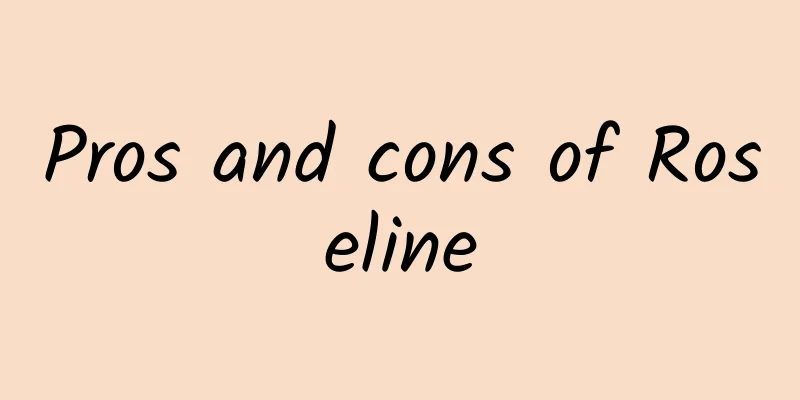Is frangipani poisonous?

1. Is it toxic?Frangipani is non-toxic, so you can grow it with confidence without worrying about any harm to the human body. It is more suitable for home cultivation because it is highly ornamental, the flowers are white and emit bursts of fragrance, which can beautify the indoor environment. In addition, it can also absorb harmful gases in the breeding environment, making the air fresher. In addition, it can release oxygen and absorb all the carbon dioxide, making us more comfortable in such an environment. 2. Domestication Methods1. Soil: It is very important to choose suitable soil for family farming. The soil should be loose and breathable, and contain a certain amount of humus. The soil should preferably be acidic, and avoid using alkaline soil that is too sticky. 2. Pruning: During its growth period, it is easy for dead leaves and yellow leaves to appear. Once discovered, they must be cut off in time and cleaned up. Every spring, its side branches should be pruned to facilitate the growth of new branches. |
<<: Can snow lotus be grown at home?
>>: Is the money tree poisonous?
Recommend
Camellia transplanting time and method, which season has the highest survival rate?
Camellia transplanting must also follow the growt...
How to grow Lantana
1. Breeding environment 1. Soil: The soil require...
Is Michelia poisonous?
1. Is it toxic? The answer is very clear, it is n...
How to plant chive seeds
Leek seed planting time Leek seeds can be planted...
Why doesn't Clivia bloom?
1. Improper watering Reason: If you water the Cli...
What flower has a strong fragrance and blooms all year round?
1. Rose Roses have a strong flowering ability and...
How to grow broccoli
1. Soil Broccoli grows best in loose, breathable ...
How to cultivate pineapple flowers to grow well
Pineapple Flower Growing Conditions Pineapple flo...
What causes orchid leaves to turn yellow?
Orchid is a plant that requires careful care. Alt...
How to cultivate the bird flower
1. Soil The soil requirements are very high. The ...
How to grow Jade Butterfly so that it can bloom out of the pot?
Jade butterfly is a relatively common succulent p...
What are the cultivation methods and precautions of Phalaenopsis?
Phalaenopsis growth habits Phalaenopsis likes a w...
Does edamame prefer shade or sun?
Does edamame prefer shade or sun? Edamame is easy...
Cultivation methods and maintenance matters of old Thousand Buddha Hands
How to grow Thousand Buddha Hands into an old pil...
When should lotus be planted?
Lotus is a traditional famous flower in my countr...









